Feed Mill Tour blog #1
Recently, I posted regarding a bad quality oil delivered to us by a supplier.
It caused so much trouble for us. It was not noticed by our raw material receivers because the hose they used in transferring the oil from the oil tanker truck into the plant's oil tanker is not transparent. Every time oil suppliers delivered oil into the plant, they bring their own hose. it's a special hose that is attached from the oil tanker's outlet valve into our oil tank's inlet valve.
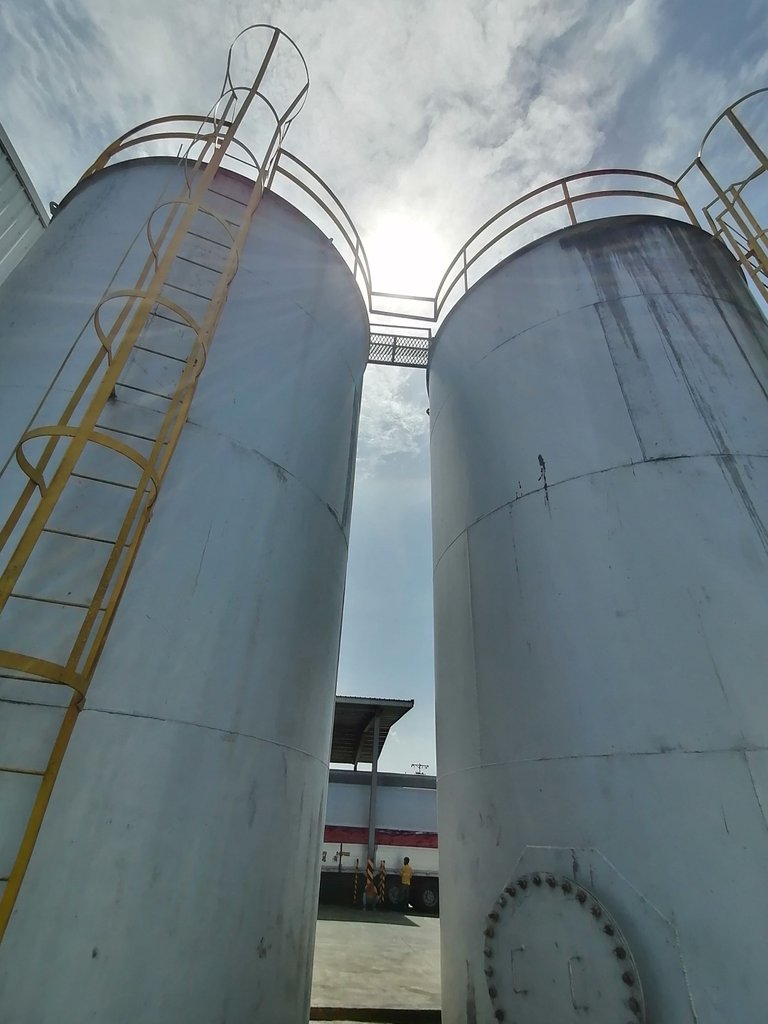
Our feed mill has a laboratory that is equipped with costly machines to help analyze the raw materials used in feed processing. That time, samplers only get one sample of each delivery, and that was before the unloading. The sample that was brought to the laboratory at that time was a very good one, it's like golden in color, and it meets the parameters set for the receiving. There is one explanation for what happened: the outlet valve has a hose that can store almost 20 liters of oil, the suppliers must have injected it with good quality oil.
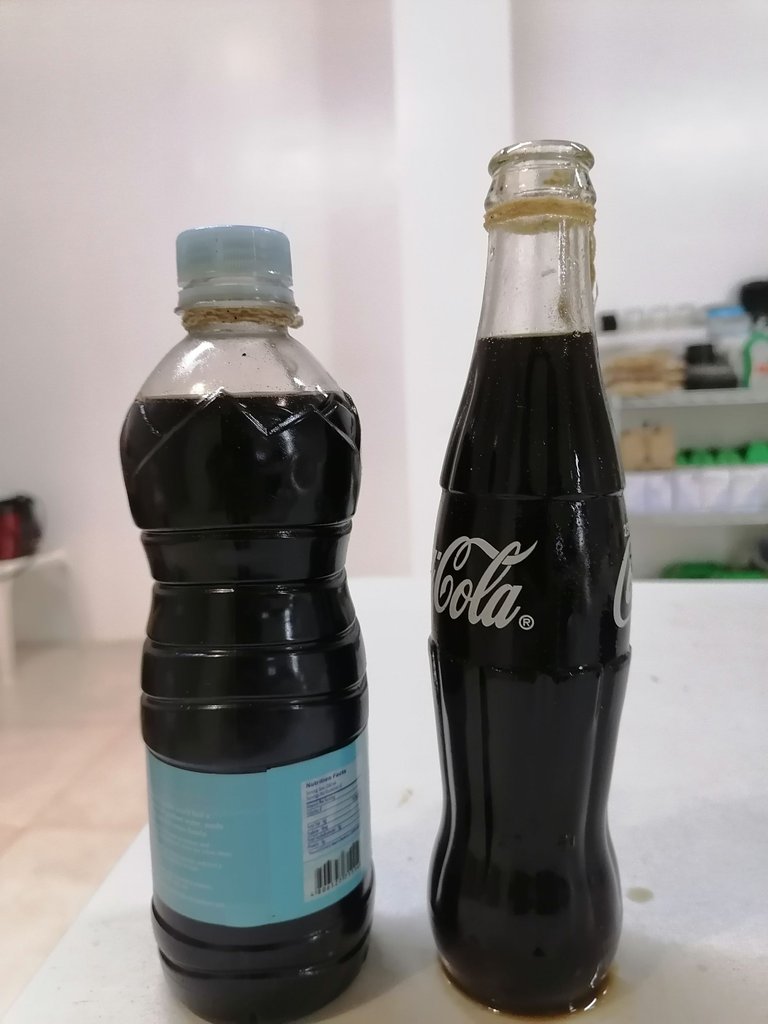
We have learned so much from that incident, we have developed rules and added personnel to check on the receiving. Today, only transparent hoses were used to transfer from the oil tanker truck to our oil tanker, it was advised since the incident. We also practiced cutting off the transfer every five minutes to check on the oil quality. Speaking of which, here is how the laboratory attendant checks the quality of the oil:
Samplers discharges about 20 liters of oil in a pail to check for the quality, when satisfied with the ocular checking, they would then get a bottle of oil from the discharged oil and take it to the laboratory. Used plastic bottles from canteen is collected for this purpose.
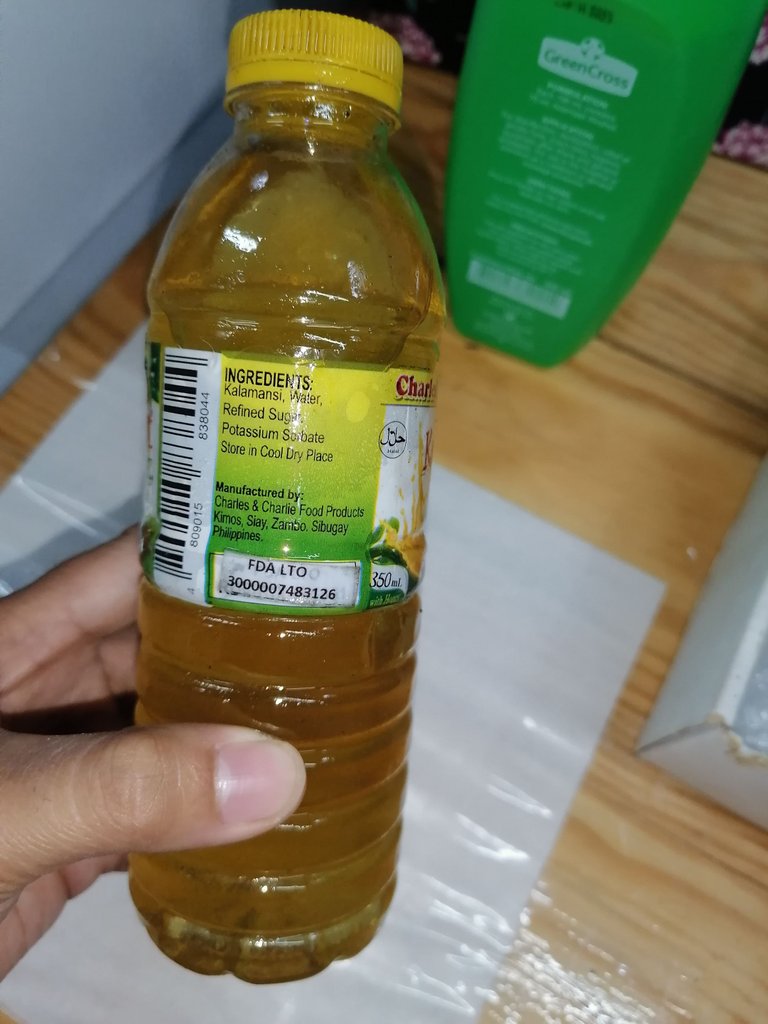
IN the corner of the laboratory are the samples of the oil and molasses from the previous deliveries. It was advised to keep a sample until over a month just in case the same scenario will happen, or maybe if someone will ask for a sample.
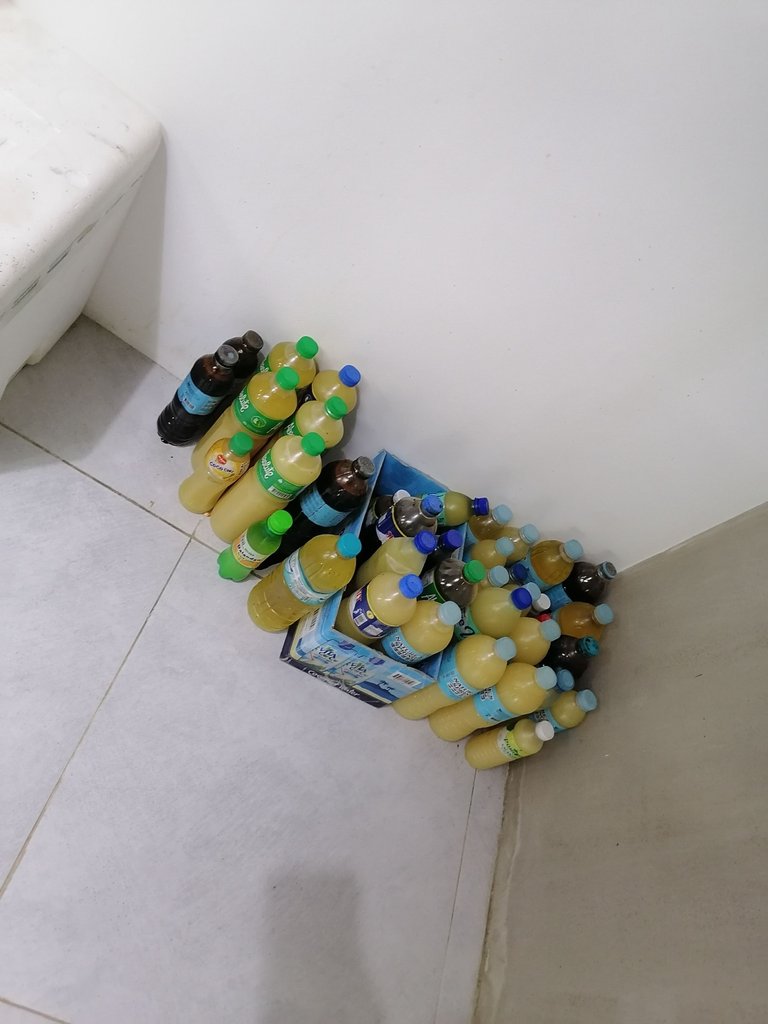
It's not only oil that the laboratory is used, even other raw materials too. Some of the raw materials we use to make feeds are the following: yellow corn, feed wheat, soya meal, full-fat soya, rice bran, corn barn, DDGS, wheat pollard, milk powders, and limestone. The cup on the right which is larger of the two is used for the grain in a powder form while the one on the right is for the liquids. We have a machine called NIRS (near infrared spectology) to determine how much each material has in the following: moisture, fiber, ash, crude protein, crude fat, in the oil's case, peroxide value, and free fatty acids.
To test the oil, a small amount is to be put in the cup, and covered.
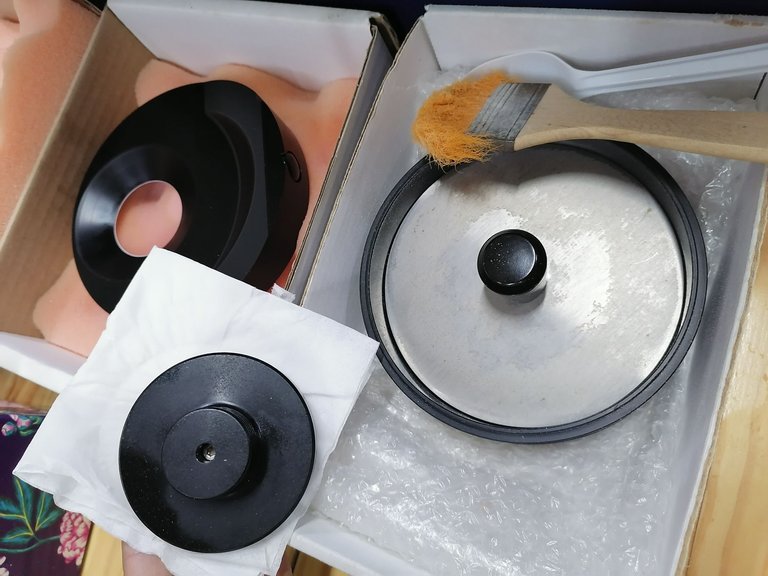
each cup costs more than 4,000 pesos, that's about 83 USD.

This small circle is what the machine would recognize first, it's some kind of an ID that was manually set by the technician. Without it, the machine won't work.
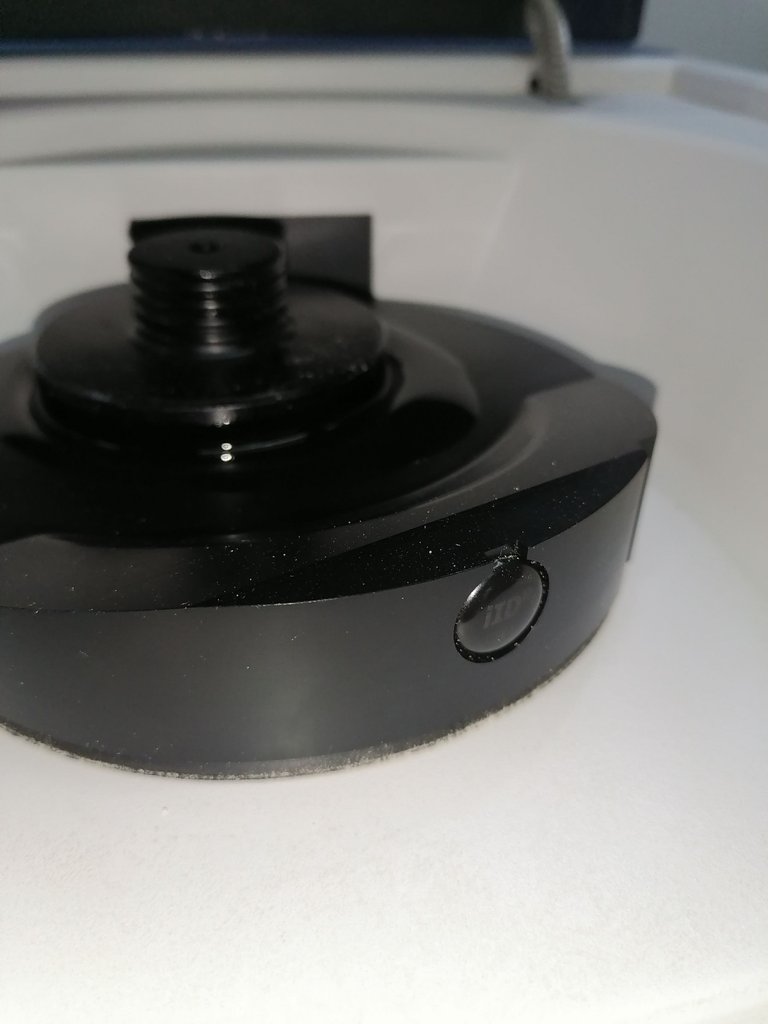
In this photo is the NIRS, I heard it costs four hundred thousand pesos, but it was free with a three million contract of a micro-material purchase.
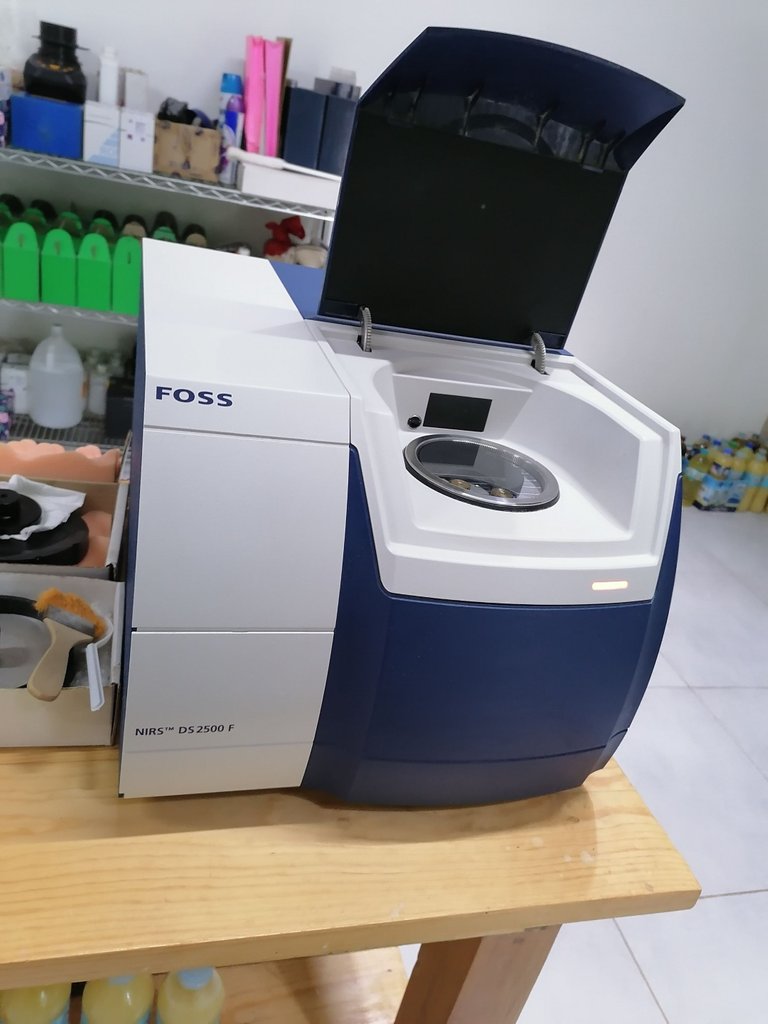
By the way, these two huge tanks are oil and molasses tanks. Every morning, a person in charge will climb up to do a deeping ( they measure how deep the remaining inventories are so we will know when to place the next delivery. ) Oil tank can store up to 60 tons while Molasses tank can store up to 100 tons, that's because the molasses is more denser than oil.

As you can see, pails of grease were recycled, it is where the samplers put the oil and check. There were plenty of grease used each month because the machines that are used in milling the feeds are huge and plenty. The gallon container contains a cleaning material that removes oils and grease stains.
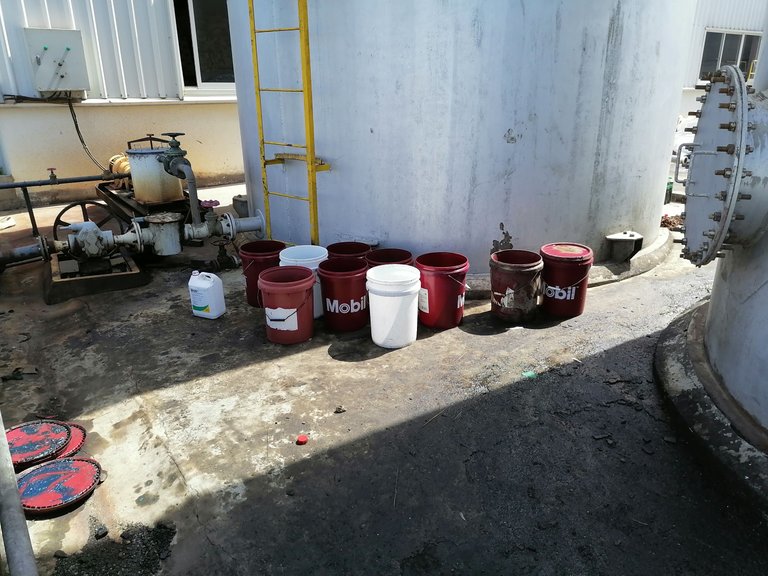
Bad oil quality may affect the farm animal's growth and may cause them death. It may cause scouring to little pigs whose stomach is sensitive to the food they eat. Scouring pigs and even deaths cause the farm to add on the cost to produce. The feed mill that I am working for produces feeds for the four tolling partners and we produce in-house feeds too. Boss has more than three thousand sow levels in his farm and produces meat in our locality.
I hope to have more time writing but it's the end for now. thank you for stopping by.

Hmm need quality of materials is very important to once business so workers not be lax in checking. What a big factory you are working, big investment.
I didn't realize this was your work, very interesting. The big tanks remind me of silos in Indiana, where I grew up on a popcorn farm. The process wasn't too different from your business, except that it was corn in all the trucks.
I am sorry you got cheated a bit, but it sounds like you've created a more solid system to prevent this from happening again. I hope the bad oil didn't ruin the whole batch.
Yeah, we really learned a lot from it. Those tanks are for liquid materials and i hipe to post about our Silos and other feed materials so that the world will know the process of making feeds. I bet majority doesn't know how farm animals were take. Care of in the farm to provide meat and other products
⋆ ᴛʜᴇ ᴘʟᴀᴄᴇ ғᴏʀ sᴏᴜᴛʜᴇᴀsᴛ ᴀsɪᴀɴ ᴄᴏɴᴛᴇɴᴛ ᴏɴ ʜɪᴠᴇ
⋆ sᴜʙsᴄʀɪʙᴇ ᴛᴏ ᴛʜᴇ ᴀsᴇᴀɴ ʜɪᴠᴇ ᴄᴏᴍᴍᴜɴɪᴛʏ
⋆ ғᴏʟʟᴏᴡ ᴛʜᴇ ᴀsᴇᴀɴ ʜɪᴠᴇ ᴄᴏᴍᴍᴜɴɪᴛʏ ᴠᴏᴛɪɴɢ ᴛʀᴀɪʟ
⋆ ᴅᴇʟᴇɢᴀᴛɪᴏɴ ʟɪɴᴋs 25 ʜᴘ⇾50 ʜᴘ⇾100 ʜᴘ⇾500 ʜᴘ⇾1,000 ʜᴘ